C- Interaction and Interdependence
1- Molecules: Enzymes and metabolism, Cell Respiration, and photosynthesis
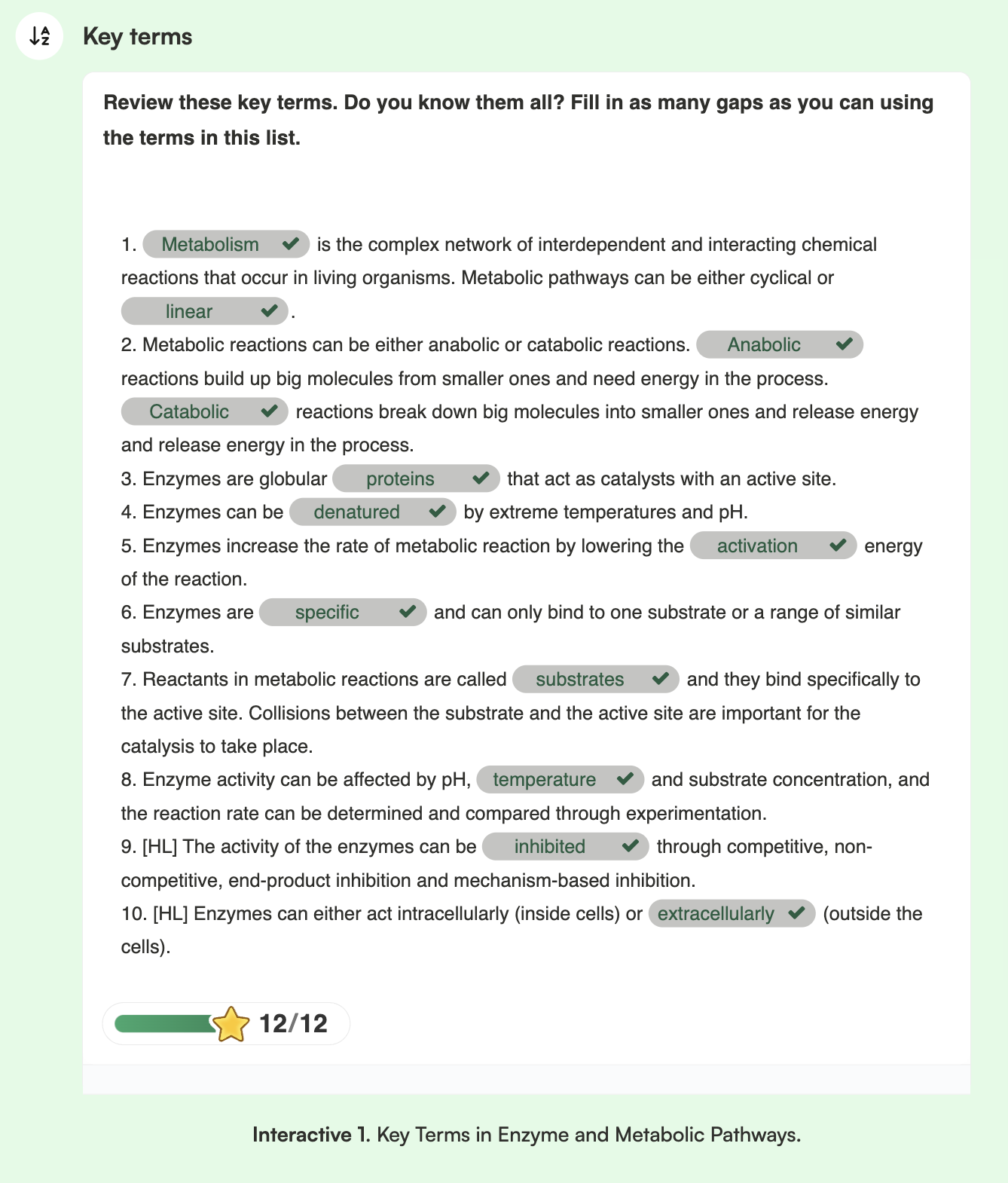
Metabolism is all the chemical reactions happening in living things. These reactions can be part of a cycle or a straight (linear) pathway.
There are two types of metabolic reactions:
Anabolic: build large molecules from smaller ones (need energy)
Catabolic: break down large molecules into smaller ones (release energy)
Enzymes are special proteins that speed up reactions by lowering the energy needed.
Enzymes have an active site where they bind to a substrate (the reactant).
Each enzyme is specific – it only works with one type or a small group of substrates.
For a reaction to happen, the enzyme and substrate must collide properly.
Enzymes can stop working (be denatured) if the temperature or pH is too extreme.
Enzyme activity is affected by temperature, pH, and substrate concentration, and we can measure reaction rates in experiments.
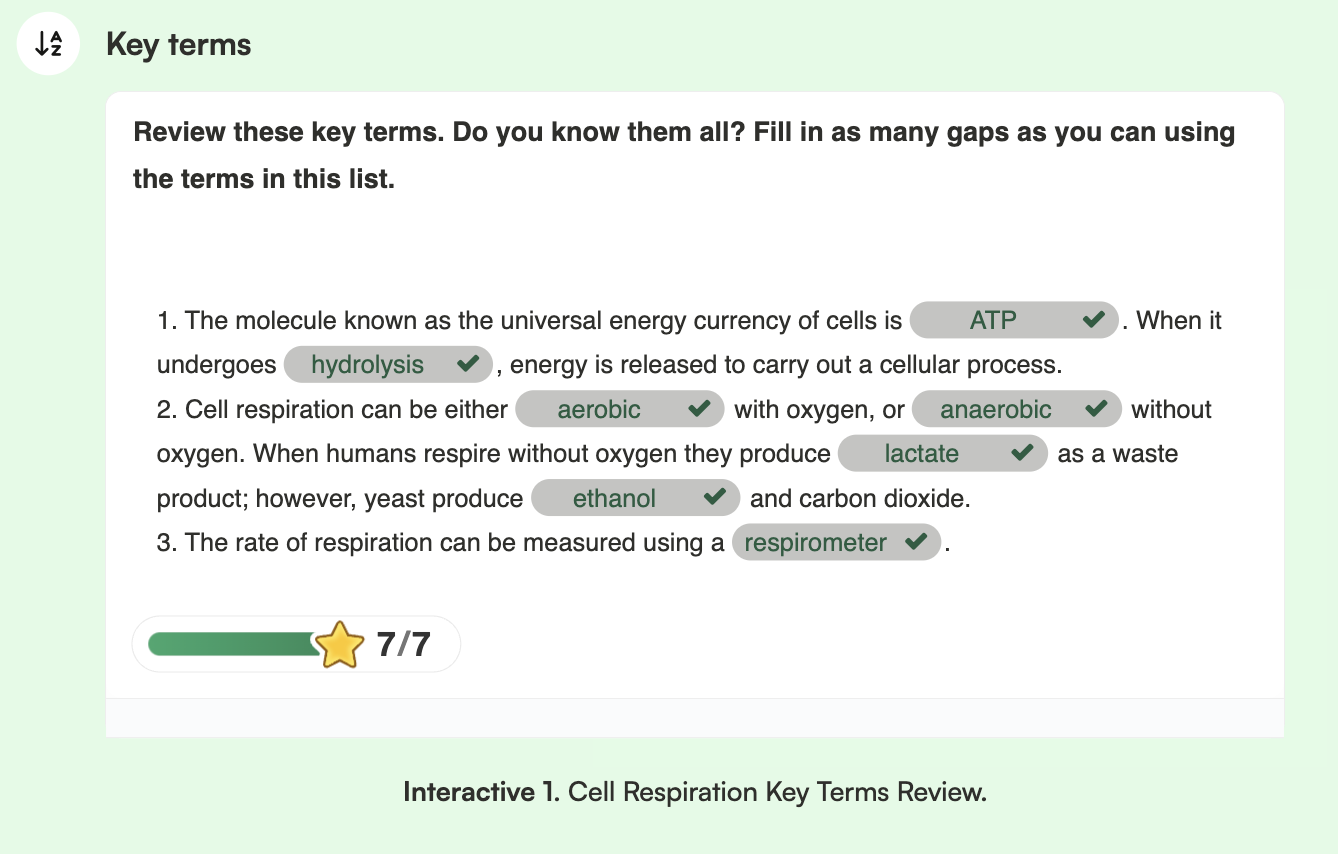
ATP (adenosine triphosphate) is the main energy source for all cells. It powers things like transport, movement, and building molecules.
ATP releases energy when its third phosphate is removed, forming ADP (adenosine diphosphate).
When ATP is made from ADP, energy is stored.
Cell respiration is how cells make ATP, usually by breaking down glucose.
Respiration is not the same as breathing. Breathing is gas exchange, while respiration happens inside cells.
There are two types of respiration:
Aerobic respiration: uses oxygen, makes lots of ATP, and produces carbon dioxide and water
Anaerobic respiration: happens without oxygen, makes less ATP, and produces lactate (in humans) or ethanol + CO₂ (in yeast)
The rate of respiration is affected by temperature, pH, and substrate levels.
A respirometer can be used to measure respiration rates.
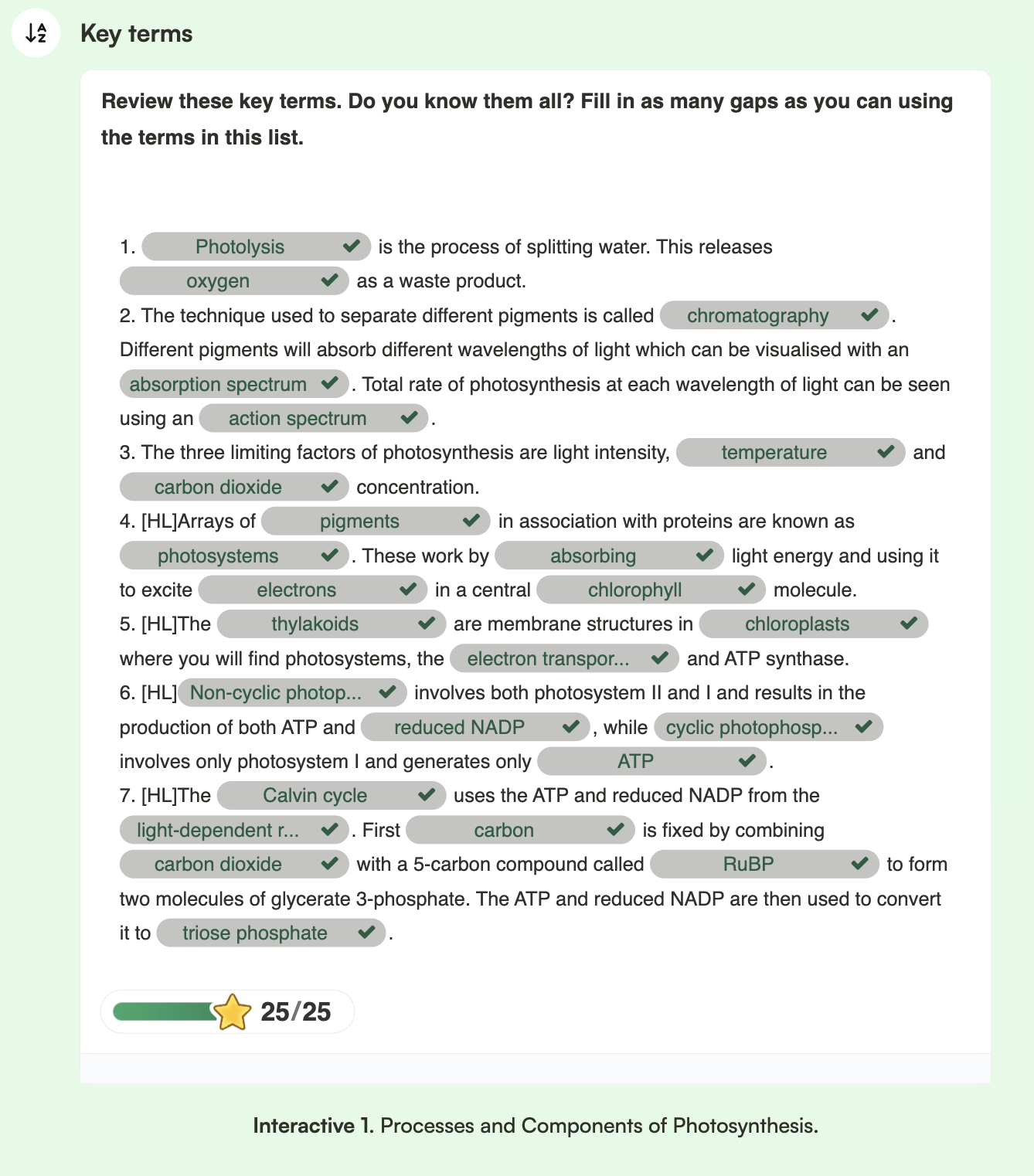
Photosynthesis is how certain organisms (like plants) use sunlight to make chemical energy that cells can use. This energy supports most life on Earth.
It happens in two stages:
Light-dependent reactions: use sunlight to split water, releasing oxygen and hydrogen
Light-independent reactions: use hydrogen and carbon dioxide to make glucose
Splitting water during photosynthesis also released oxygen, which changed Earth’s atmosphere over time.
Chromatography is a method to identify plant pigments.
Different pigments absorb different colors of light, which can be shown using an absorption spectrum.
An action spectrum shows how effective different wavelengths are at driving photosynthesis.
Three main factors affect the rate of photosynthesis:
Carbon dioxide concentration
Light intensity
Temperature
Scientists test these using different experiments, like carbon dioxide enrichment or FACE experiments, to see how more CO₂ might affect plant growth in the future.
2- Cells: Neutral Signaling
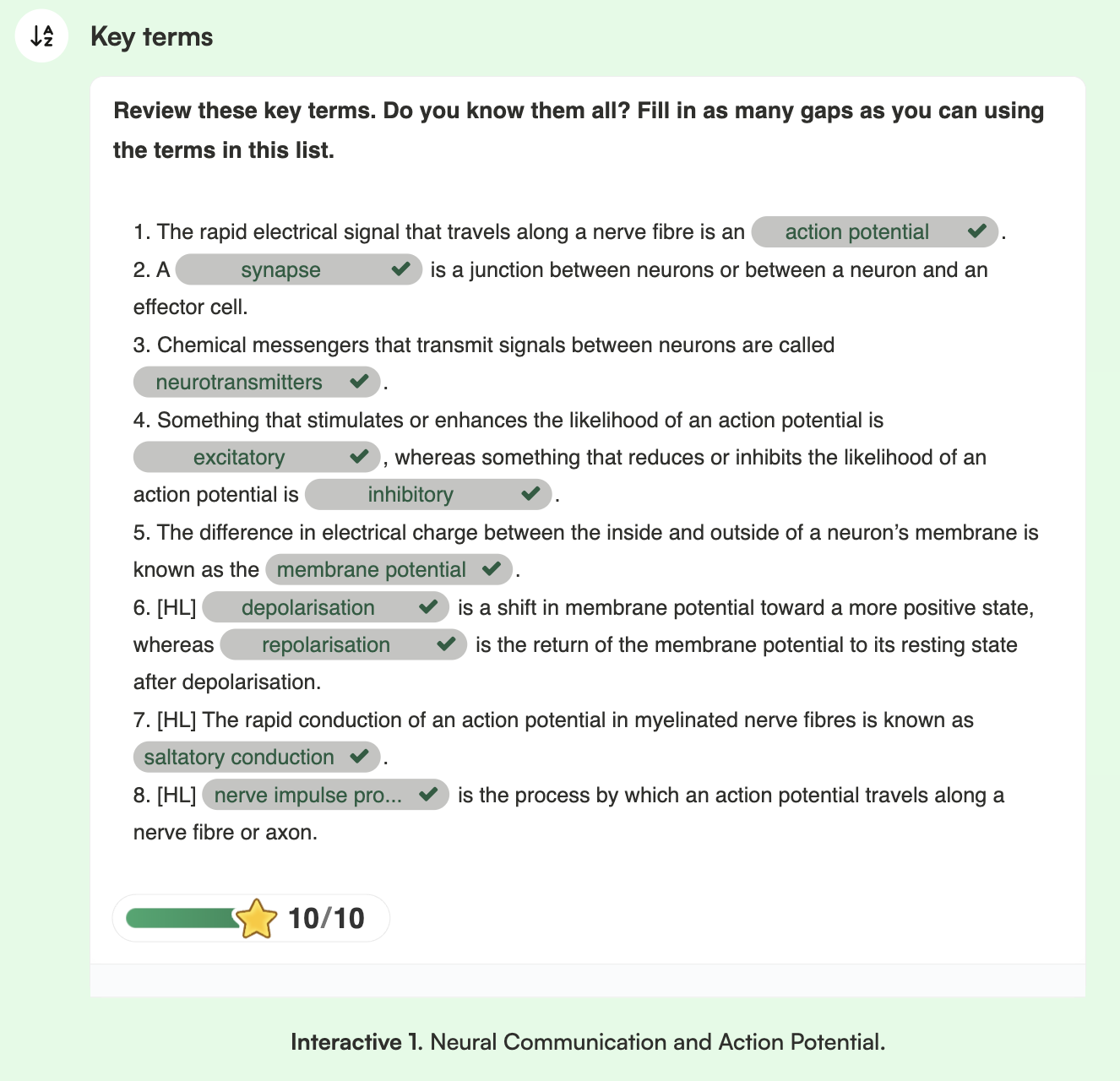
Neurons are cells that send electrical messages in the nervous system.
Resting potential is when a neuron isn’t sending a signal — it’s kept ready by moving sodium (Na⁺) out and potassium (K⁺) in.
Action potentials are the electrical signals that travel along neurons. They move faster if the axon is thicker or has myelin.
Synapses are gaps between neurons or between a neuron and a muscle/gland. Messages cross these gaps using chemicals called neurotransmitters.
When an impulse reaches the end of a neuron, calcium ions enter and cause neurotransmitters to be released into the gap.
These chemicals bind to the next cell and can cause depolarisation, making it more likely to send its own signal (EPSPs).
3- Organisms: Integration of body, and Defense against disease
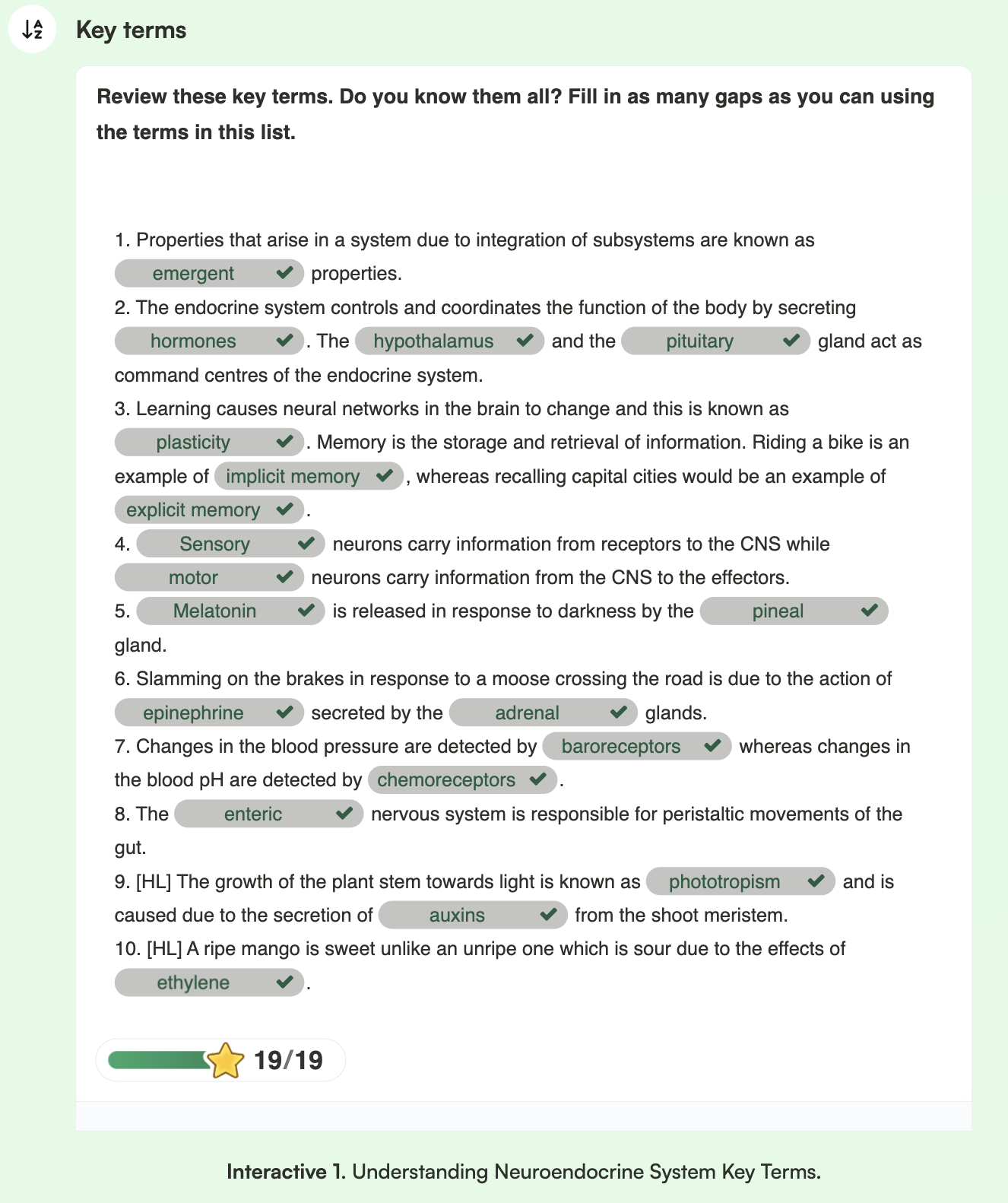
Multicellular organisms are made of cells, tissues, organs, and systems working together. This creates emergent properties (the whole is more than just the parts).
Nervous system uses fast, short-lived electrical signals.
Endocrine system uses slower, longer-lasting hormonal (chemical) signals.
The brain handles both conscious and unconscious control.
The spinal cord controls only unconscious actions (like reflexes).
The hypothalamus and pituitary gland control the endocrine system.
Learning changes the brain’s structure (brain plasticity).
Neural circuit:
Sensory neurons detect changes,
Interneurons process info,
Motor neurons carry instructions to effectors (muscles/glands).
Nerves are bundles of neurons; may be myelinated (faster) or not.
Reflexes are fast, automatic responses (e.g., pain reflex arc).
Cerebellum: controls movement coordination, balance, posture, and motor learning.
Melatonin (sleep hormone):
Made by the pineal gland.
Released in darkness, stopped by light → sets circadian rhythms.
Epinephrine (adrenaline):
Made by adrenal glands.
Helps body react to danger (“fight or flight”).
Triggered by the hypothalamus.
Mechanoreceptors (like baroreceptors and chemoreceptors) help control heart and breathing rate.
Enteric nervous system: controls digestion.
Only swallowing and pooping are controlled by the CNS.
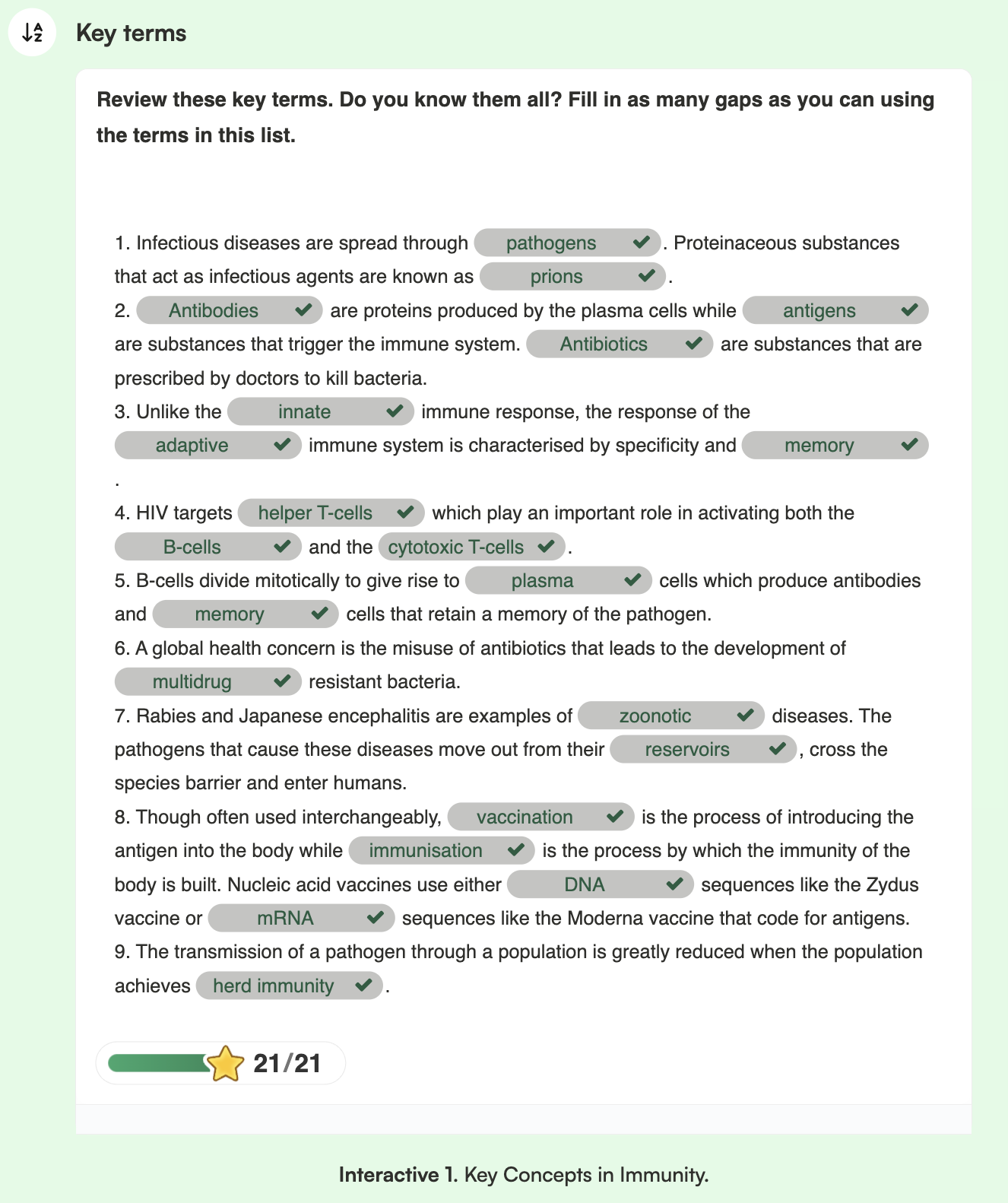
Skin and mucous membranes are the first line of defense – they block pathogens physically and chemically.
Blood clotting seals wounds to stop pathogens from entering. It’s triggered by clotting factors from platelets and damaged tissue.
The immune system has two parts:
Innate immunity: fast, general defense (e.g., phagocytosis – white blood cells eat pathogens).
Adaptive immunity: slower but specific and long-lasting.
Lymphocytes control adaptive immunity:
B-cells make antibodies to neutralize antigens.
T-cells help (helper T-cells) or kill infected cells (cytotoxic T-cells).
ABO blood groups are based on antigens on red blood cells.
When B- and T-cells meet their matching antigen, they activate.
B-cells need help from helper T-cells to activate.
They form plasma cells (make antibodies) and memory cells (for long-term immunity).
HIV is a virus spread by blood, sex, shared needles, and from mother to child.
It attacks helper T-cells, weakening the immune system.
HIV infection can lead to AIDS.
Antibiotics kill or stop bacteria from growing — but antibiotic resistance is a growing global problem.
Zoonotic diseases (zoonoses) are diseases that spread from animals to humans.
Vaccines (made from antigens, RNA, or DNA) train the immune system to fight specific diseases.
Herd immunity happens when most people are immune, helping protect those who can’t be vaccinated.
4- Ecosystems: Population and Communities, and Transfers of energy and matter
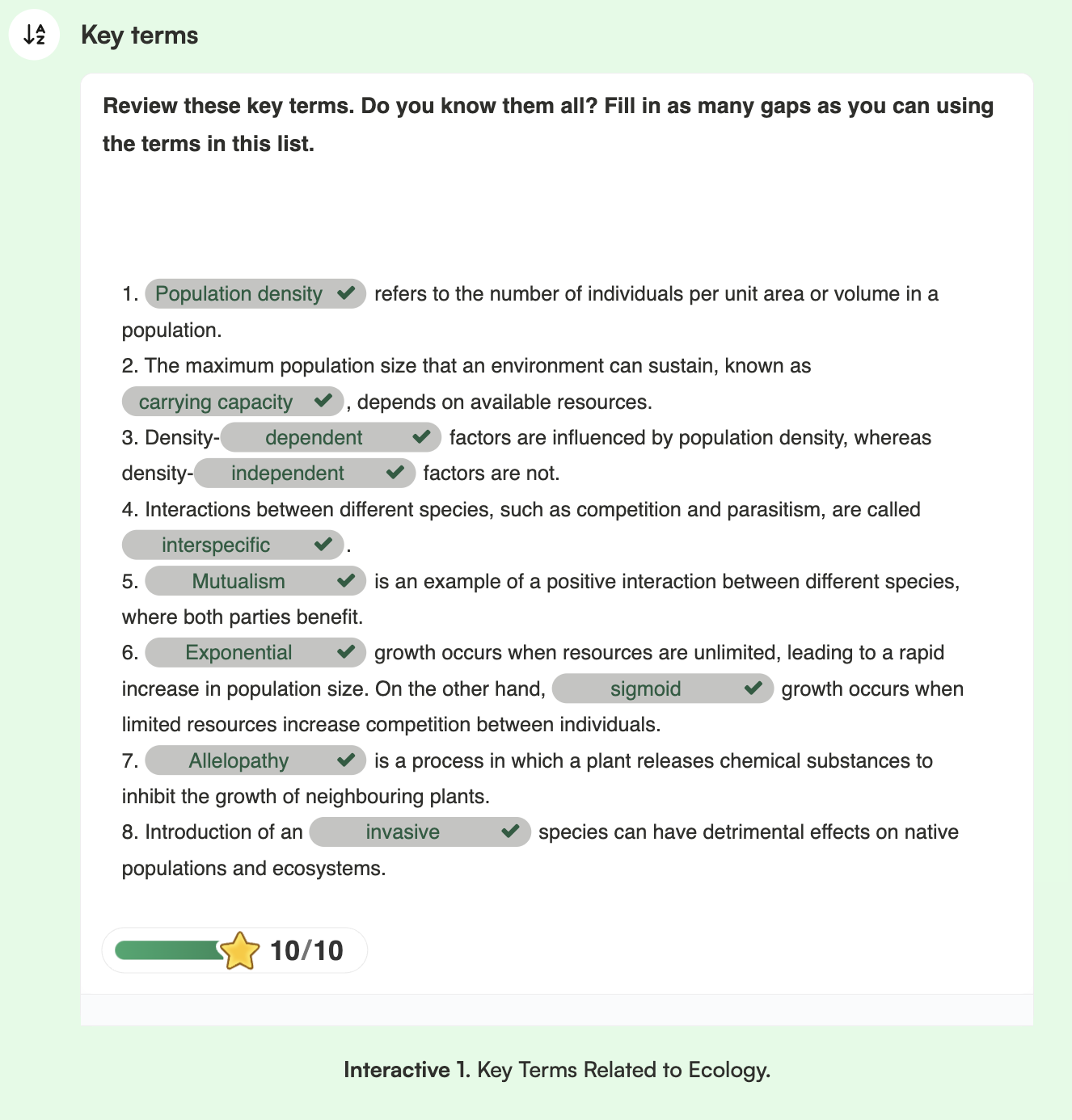
Population size can be estimated using random sampling.
Different methods are used for sessile (non-moving) and motile (moving) organisms.
Carrying capacity = the maximum population an environment can support.
Limiting factors affect population size:
Density-dependent (e.g. disease, competition – affected by population size).
Density-independent (e.g. weather, natural disasters – not affected by population size).
Exponential growth: happens when there are unlimited resources and no competition.
Sigmoidal (S-shaped) growth: happens when resources are limited and competition increases.
Within a species, competition or cooperation can affect survival and growth.
Species interactions:
Mutualism – both benefit
Parasitism – one benefits, one harmed
Pathogenicity – disease-causing
Competition – both harmed
Predation – one eats the other
Herbivory – eating plants
Invasive species: non-native organisms that disrupt ecosystems.
Chi-square test: used to check if two species are associated.
Population control:
Top-down: controlled by predators
Bottom-up: controlled by resources
Allelopathy and antibiotic secretion: release of chemicals to stop competitors.
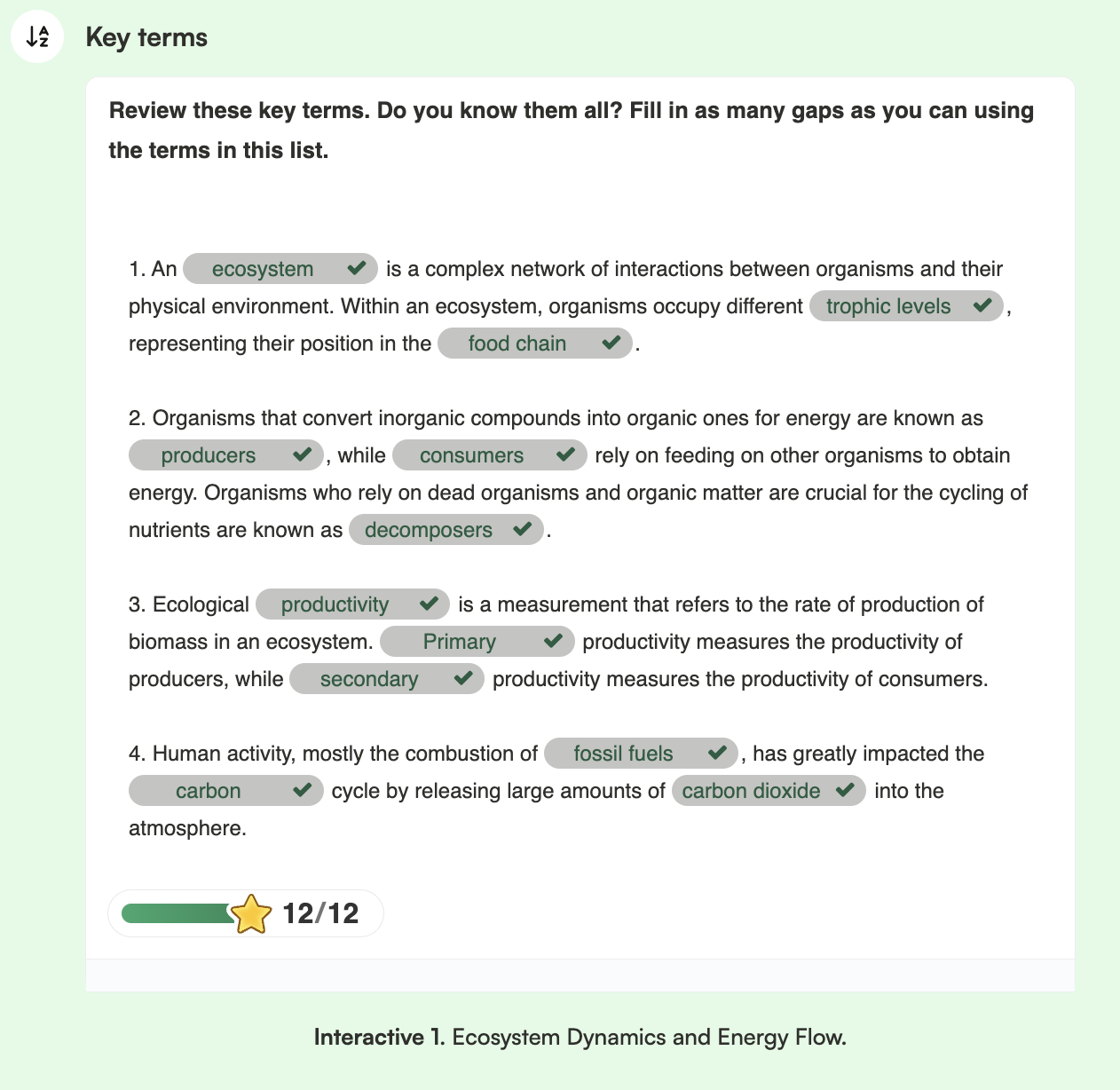
Sunlight is the main energy source for most ecosystems.
Food chains and food webs show how energy moves through ecosystems.
Autotrophs (like plants) make their own food using sunlight or inorganic compounds.
Heterotrophs eat other organisms to get energy and nutrients.
Decomposers break down dead organisms and return nutrients to the environment.
Energy flows one way through ecosystems.
Trophic levels group organisms by their place in the food chain (e.g. producer, consumer).
Energy pyramids show how energy decreases at each trophic level.
Energy transfer is inefficient because of:
Not all food being eaten
Poor digestion
Energy used in metabolism
Energy lost as heat
This inefficiency limits the number of trophic levels in a food chain.
Primary production: how fast producers make carbon-based compounds.
Secondary production: how fast consumers build biomass from what they eat.
Carbon cycle: carbon is recycled between the atmosphere, organisms, and the Earth.
Ecosystems can be carbon sinks (store carbon) or carbon sources (release carbon), depending on photosynthesis vs. respiration balance.
Burning fossil fuels adds too much CO₂, upsetting the natural carbon cycle.
Photosynthesis (removes CO₂) and aerobic respiration (adds CO₂) work together to keep life going.